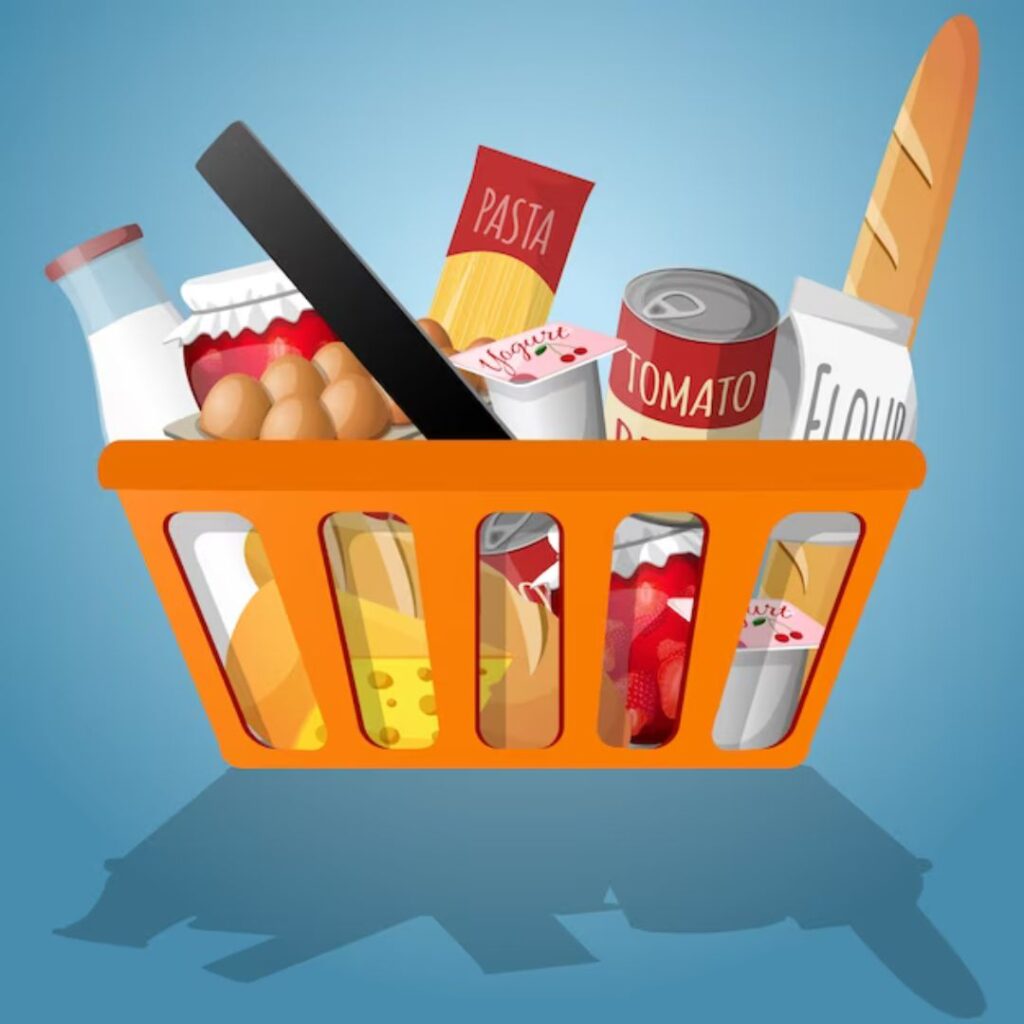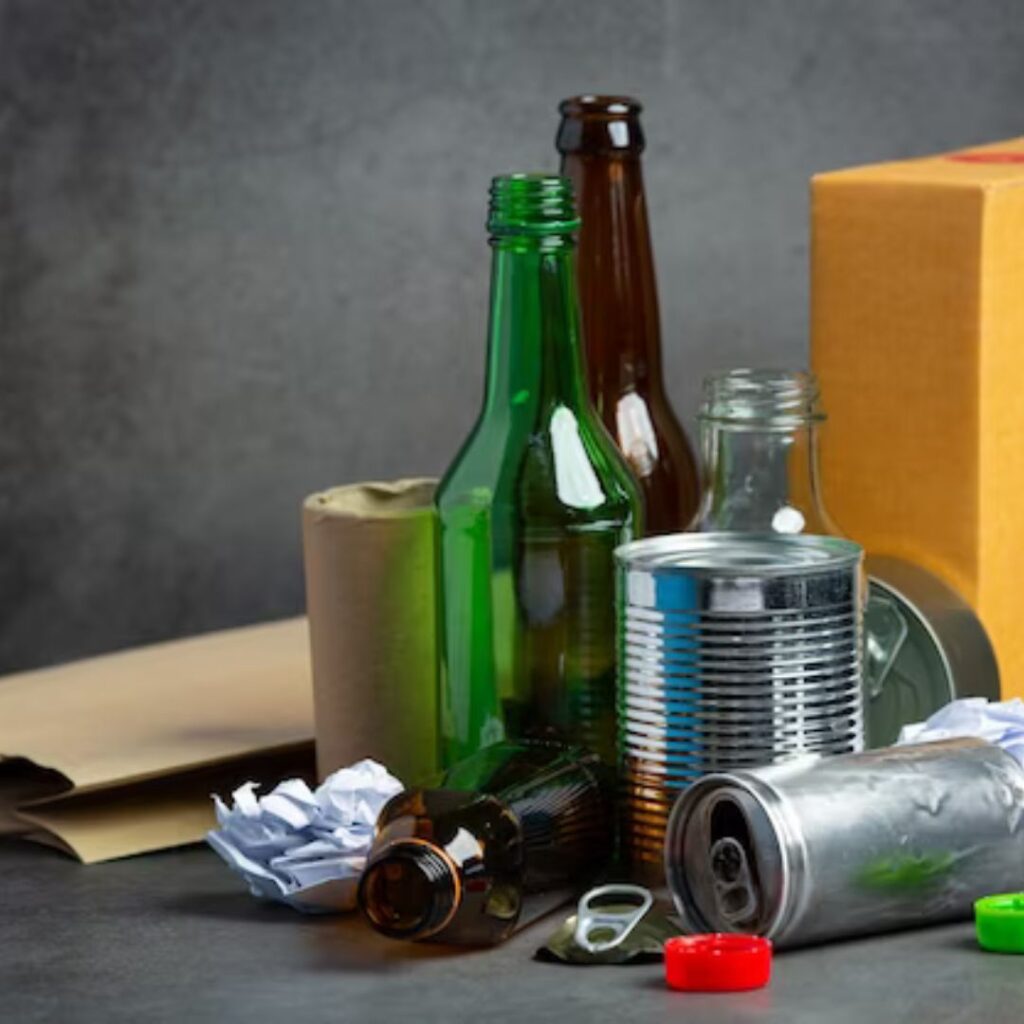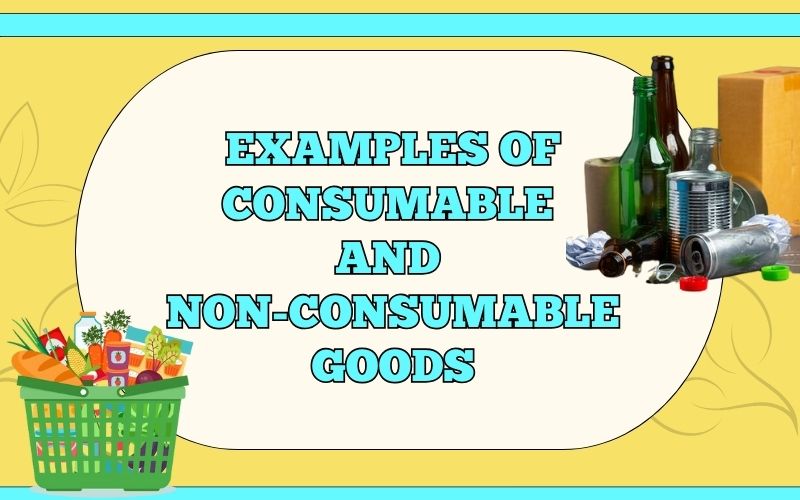Food and Beverages, Toiletries, Personal Care Products, and Medications are examples of consumables goods. Electronics, Furniture, and Clothing are examples of non-consumable goods.
Definition of Goods
Goods, in economic terms, refer to tangible or intangible products that satisfy human wants and needs. They are the foundation of trade and commerce, facilitating the flow of resources in society. Two primary classifications emerge within this realm: consumable and non-consumable goods.
Consumable Goods
Consumable goods are items that are used up or depleted after a single use or over time. They are typically perishable and have a limited lifespan. The classification of a good as consumable is based on factors such as its nature, utility, and the inevitability of its depletion.

Examples of Consumable Goods
- Fresh Produce: Fruits and vegetables, such as apples, bananas, and lettuce, are consumable goods due to their perishable nature and limited shelf life.
- Dairy Products: Milk, cheese, and yogurt fall into this category. These items are consumed relatively quickly and require regular replenishment.
- Beverages: Drinks like water, sodas, and juices are consumable goods, as they are consumed and need to be restocked regularly.
- Snack Foods: Chips, cookies, and other snacks are consumable goods that are typically consumed in one sitting, necessitating frequent repurchases.
- Toiletries: Products like toothpaste, shampoo, and soap are consumable goods used up over time, requiring replacement for continued personal care.
- Medications: Pharmaceuticals, including pain relievers and prescription drugs, are consumable goods with a finite usage period.
- Cleaning Supplies: Items like detergent, dish soap, and cleaning wipes are consumable as they get used up during household chores.
- Candles: While providing temporary enjoyment, candles are consumable goods due to their finite burn time.
- Pet Food: Food for pets, be it for dogs, cats, or other animals, is a consumable product that needs regular replenishment.
- Disposable Cutlery: Single-use items like paper plates, plastic utensils, and disposable cups fall into the consumable category.
Non-Consumable Goods
Non-consumable goods, on the other hand, are items that endure through repeated use and don’t deplete after a single use. These goods are generally durable and have a longer lifespan than consumable goods.

Examples of Non-Consumable Goods
- Electronics: Smartphones, laptops, and digital cameras are non-consumable goods designed for extended use.
- Furniture: Items such as tables, chairs, and sofas are non-consumable, providing long-term utility.
- Clothing: While subject to wear and tear, clothing is considered non-consumable as it does not get used up with each wear.
- Books: Physical books and e-books fall into this category, providing lasting entertainment and knowledge.
- Sporting Equipment: Items like bicycles, golf clubs, and tennis rackets are non-consumable goods used repeatedly over time.
- Tools: Hand tools, power tools, and other implements are non-consumable products designed for long-term use.
- Vehicles: Cars, motorcycles, and bicycles are non-consumable goods that endure with proper maintenance.
- Home Appliances: Refrigerators, washing machines, and microwaves are non-consumable items meant for extended use.
- Artwork: Paintings, sculptures, and other artistic creations are non-consumable goods appreciated over time.
- Musical Instruments: Instruments like guitars, pianos, and trumpets are non-consumable, providing enduring musical enjoyment.
Comparing Consumable and Non-Consumable Goods
Consumable and non-consumable goods differ significantly in their nature and utility. Consumable goods have a finite lifespan and require regular replacement, contributing to recurring transactions. On the other hand, non-consumable goods are characterized by durability and the ability to withstand repeated use.
| Category | Consumable Goods | Non-Consumable Goods |
|---|---|---|
| Definition | Goods that are used up or depleted after a single use or over time. | Goods that endure through repeated use and don’t deplete after a single use. |
| Characteristics | Electronics, furniture, clothing, books, and vehicles. | Durable, longer lifespan, designed for extended use. |
| Examples | Food and beverages, toiletries, medications, cleaning supplies. | Supports long-term investment, and less frequent transactions. |
| Replacement Cycle | Frequent, regular replenishment. | Infrequent, longer-lasting. |
| Usage Pattern | Consumed with each use. | Endures through repeated use. |
| Economic Impact | Contributes to recurring transactions and frequent market activity. | Supports long-term investment, less frequent transactions. |
Despite these differences, both goods are essential for a well-functioning economy. They cater to different needs and preferences, providing consumers with a diverse range of choices.

